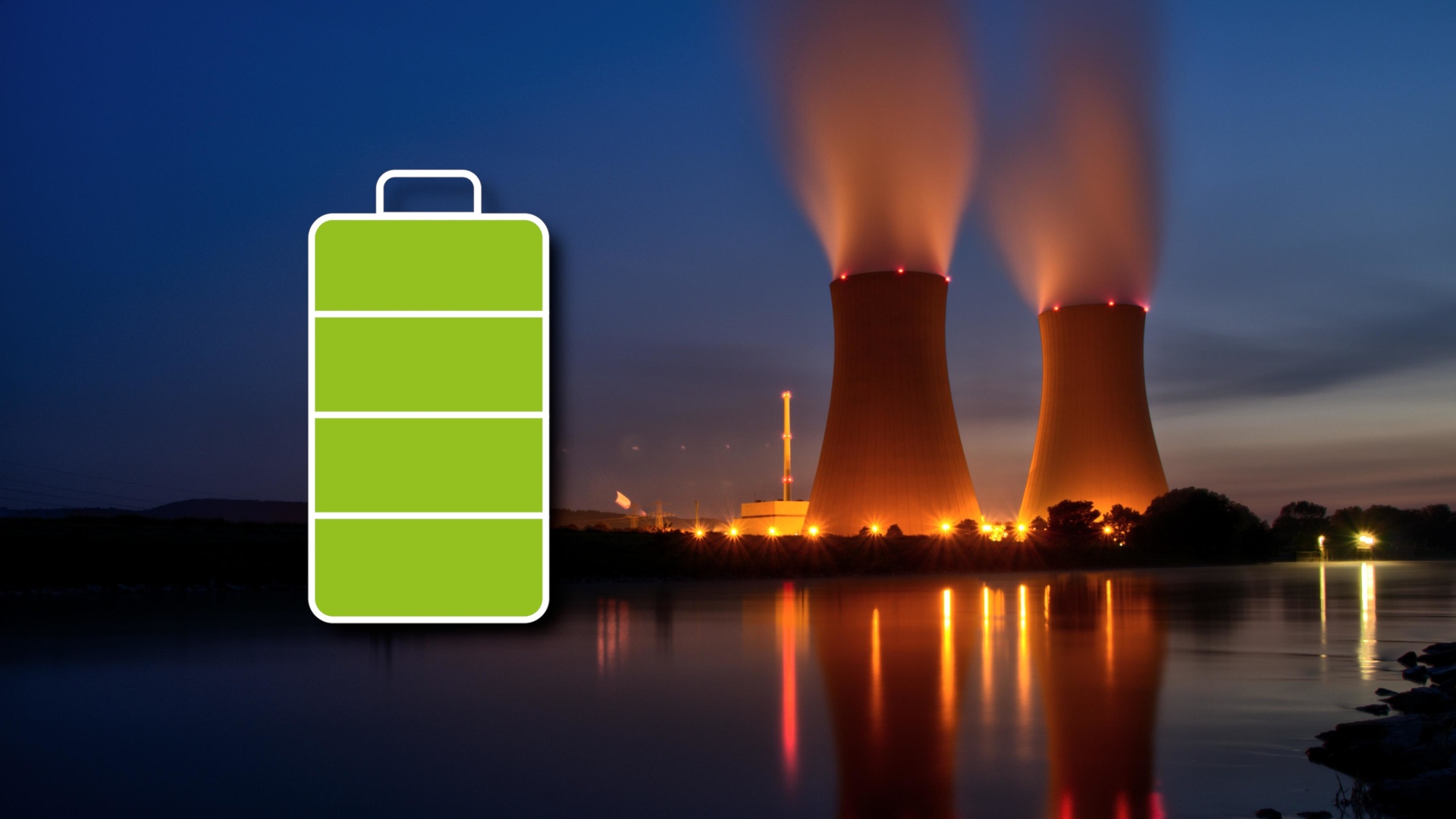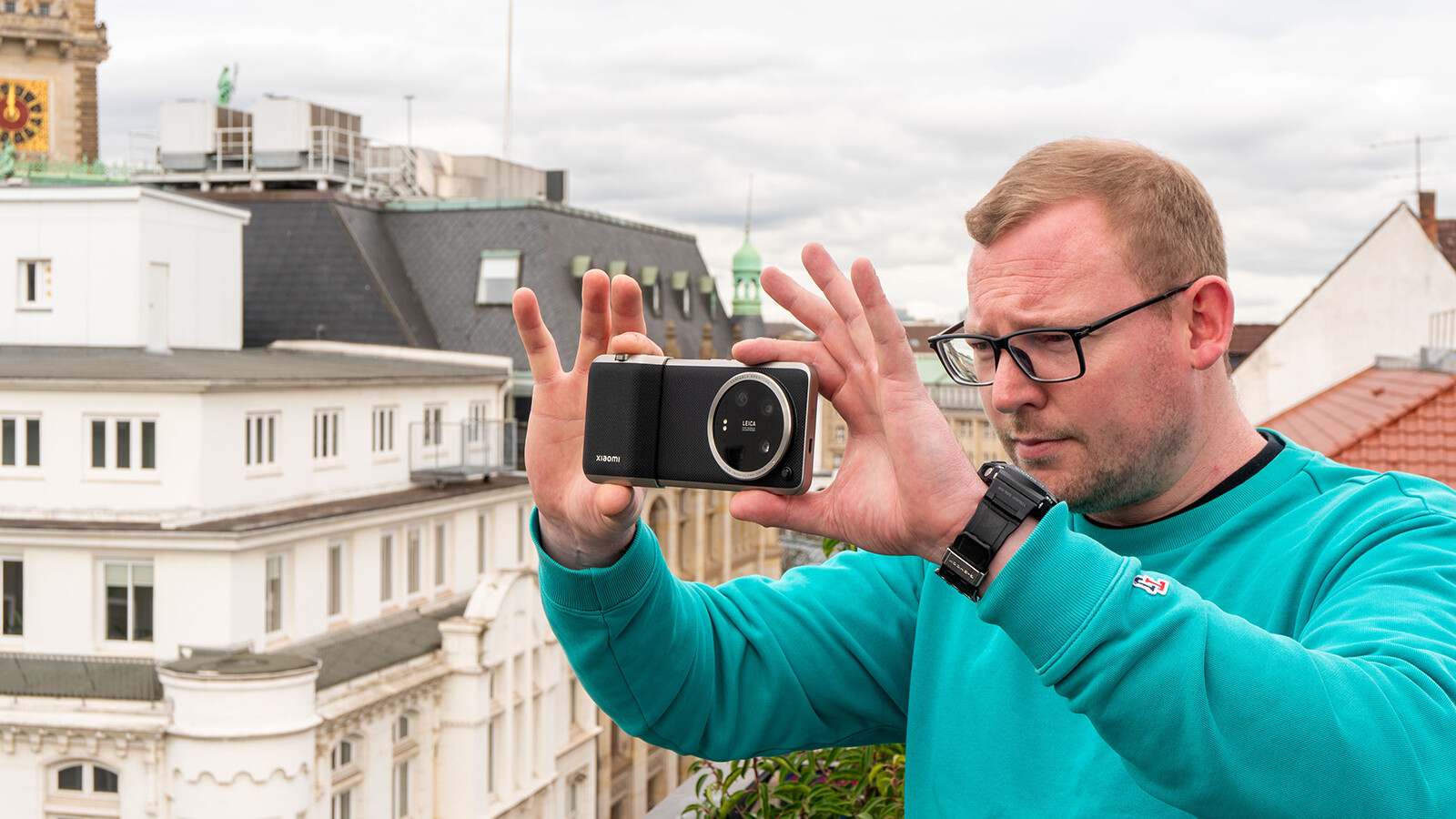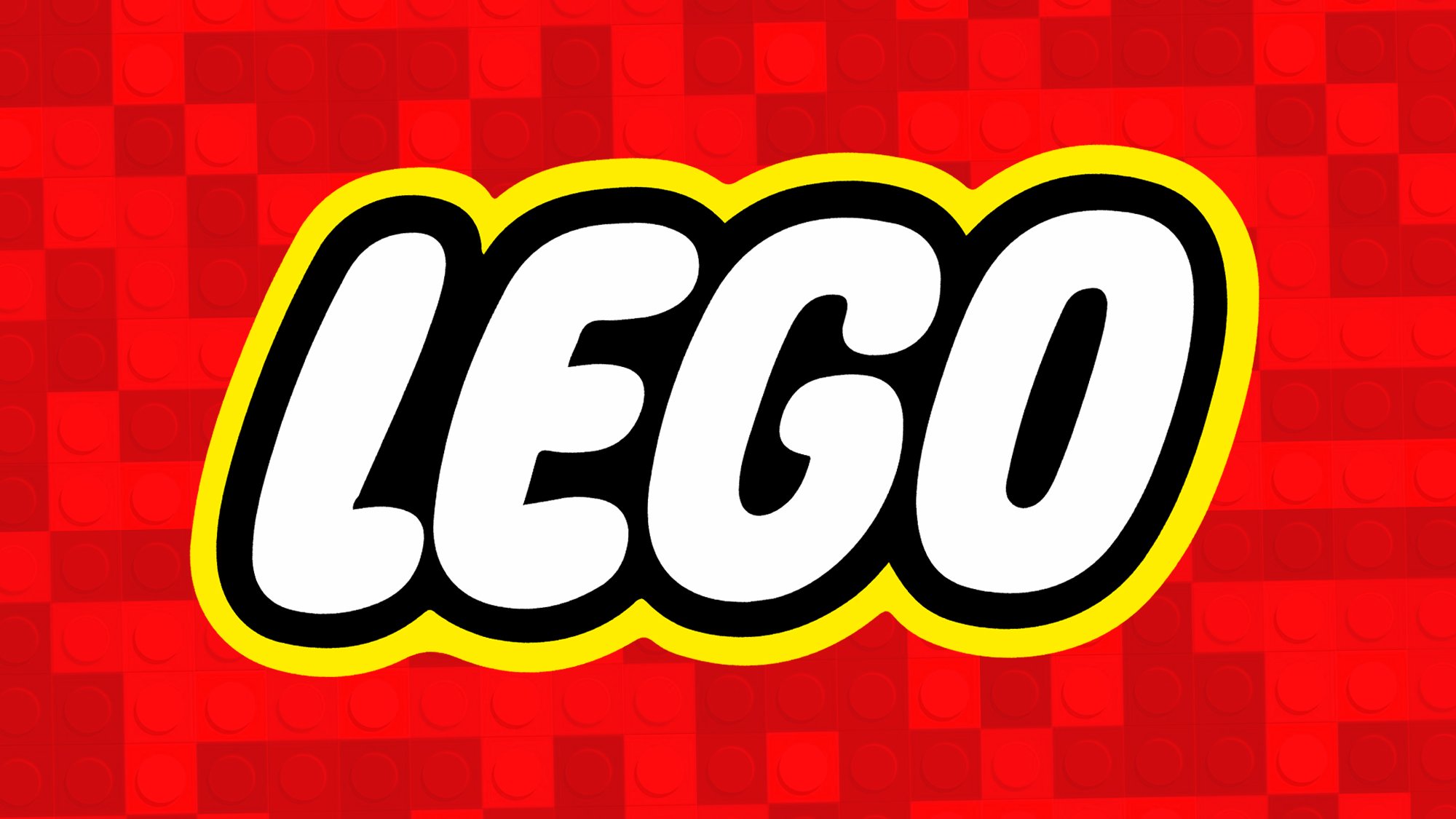(Image source: Pixabay)
A whole range of current and future technologies stand or fall with batteries or accumulators. E-mobility, for example, and of course not to forget our popular portable operations centers – the smartphones. There is also a whole range of revolutionary new electricity storage concepts. Sometimes coincidence helps, as the following article shows:
Sensational accidental discovery
Batteries could soon last many times longer
An idea from the Californian start-up NDB however, stands out in particular. NDB stands for Nano Diamond Battery
and the name is definitely the program here. More on that later. The most exciting thing about the battery, however, is the resource used for it and its exceptional longevity. Because if things go well (at least for the battery), it might even outlast humanity.
What is the Nano Diamond Battery all about?
The battery concept is based on a waste product from nuclear power plants – nuclear waste. That’s right: the start-up would like to use it to obtain the radioactive isotope C14. You may know this from C14 dating, also known as the radiocarbon method. The decay rate can be used to calculate the age of prehistoric finds, for example. With regard to the nano-diamond battery, radioactive decay or radiation is used to generate energy.
(Image source: NDB)
To do this, the scientists modify the carbon atoms into so-called graphene and then into microscopically small diamonds. Graphene is a two-dimensional, honeycomb-shaped structure with some special properties.
Basically, the radioactive radiation trapped in the diamond is converted into electricity in the form of kinetic energy. The principle is similar to that of solar cells. The following article reveals how a mini PC can be operated with electricity from sea creatures:
Although battery is probably the wrong term. In fact, it is a battery. Except that it never needs to be charged from an external source, it charges itself. In addition to layers of C14, the battery also contains storage units, which in turn are fed by radioactive decay.
How long does a battery last and what is it suitable for?
NDB promises a lifetime of up to 28,000 years. Given the state of the world, chances are an NDB battery will still be running long after humanity is gone. The cells should always be scalable and accident-proof. This means that they can be used in practically all devices, whether smartphones, e-cars or satellites.
So far, however, the concept has not yet been implemented in reality. So it may be a while before we benefit from it. If it ever is. A completely different idea from a 17-year-old American could revolutionize the future of the entire automotive industry.
What do you all mean? Is this a revolution of the battery or the rechargeable battery? Or are you more worried about possibly holding radioactive waste to your ears? Write it to us in the comments!











